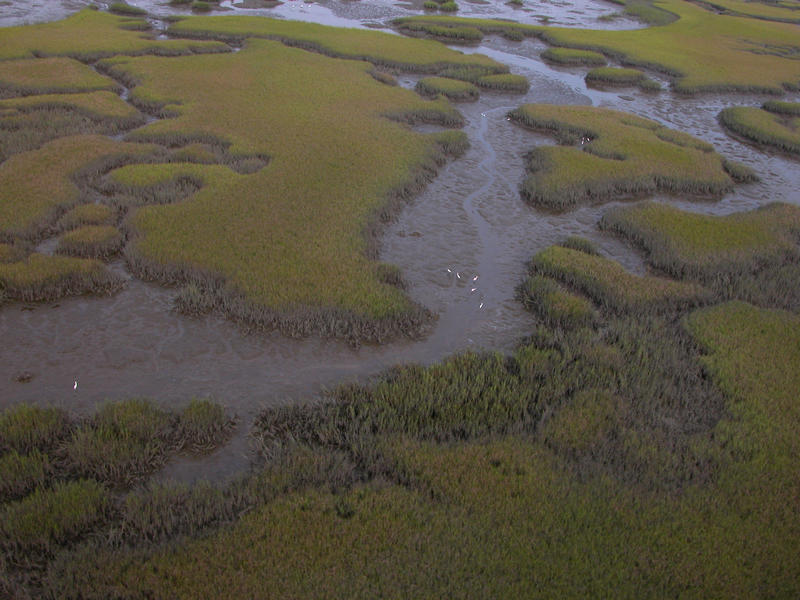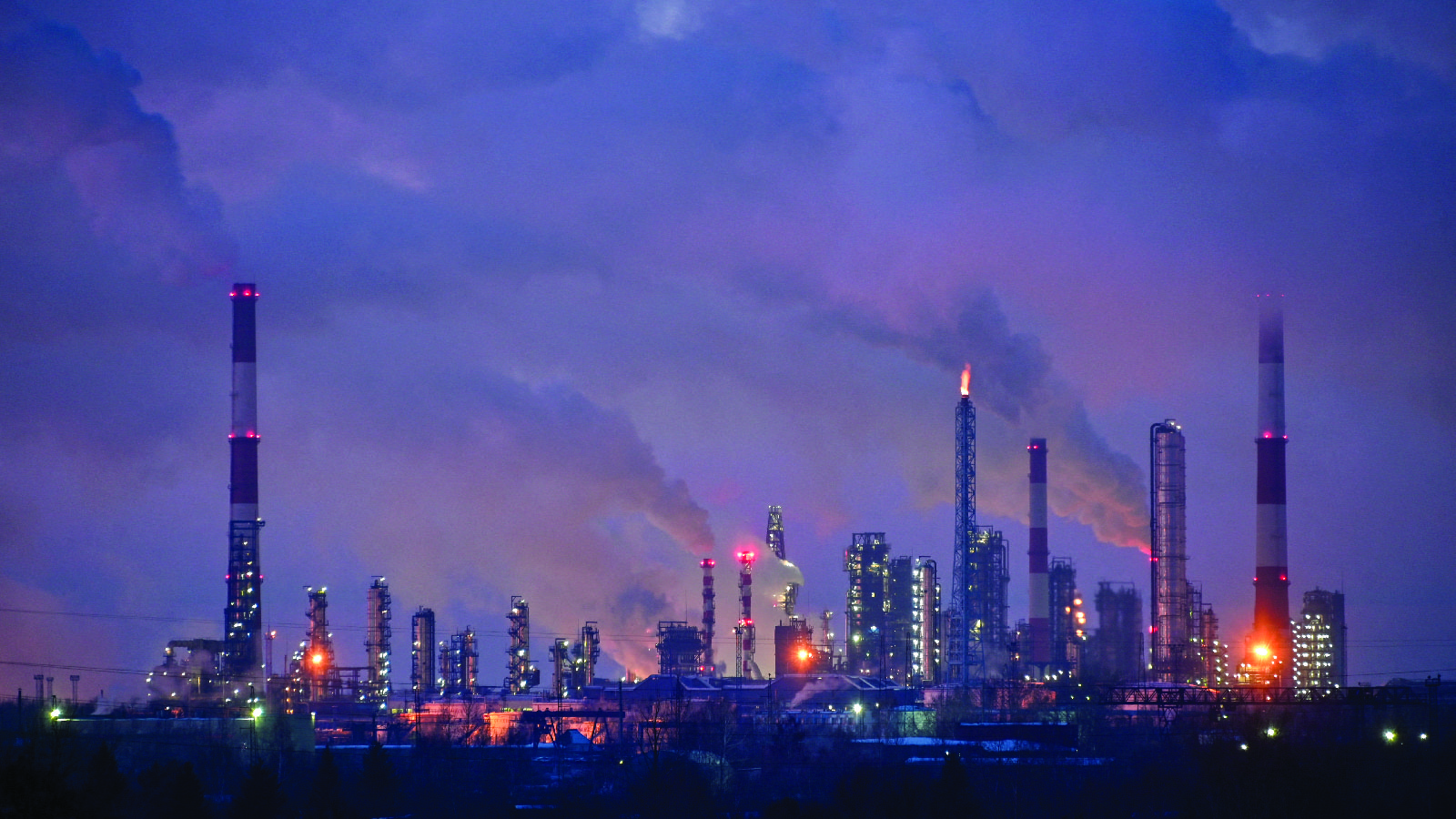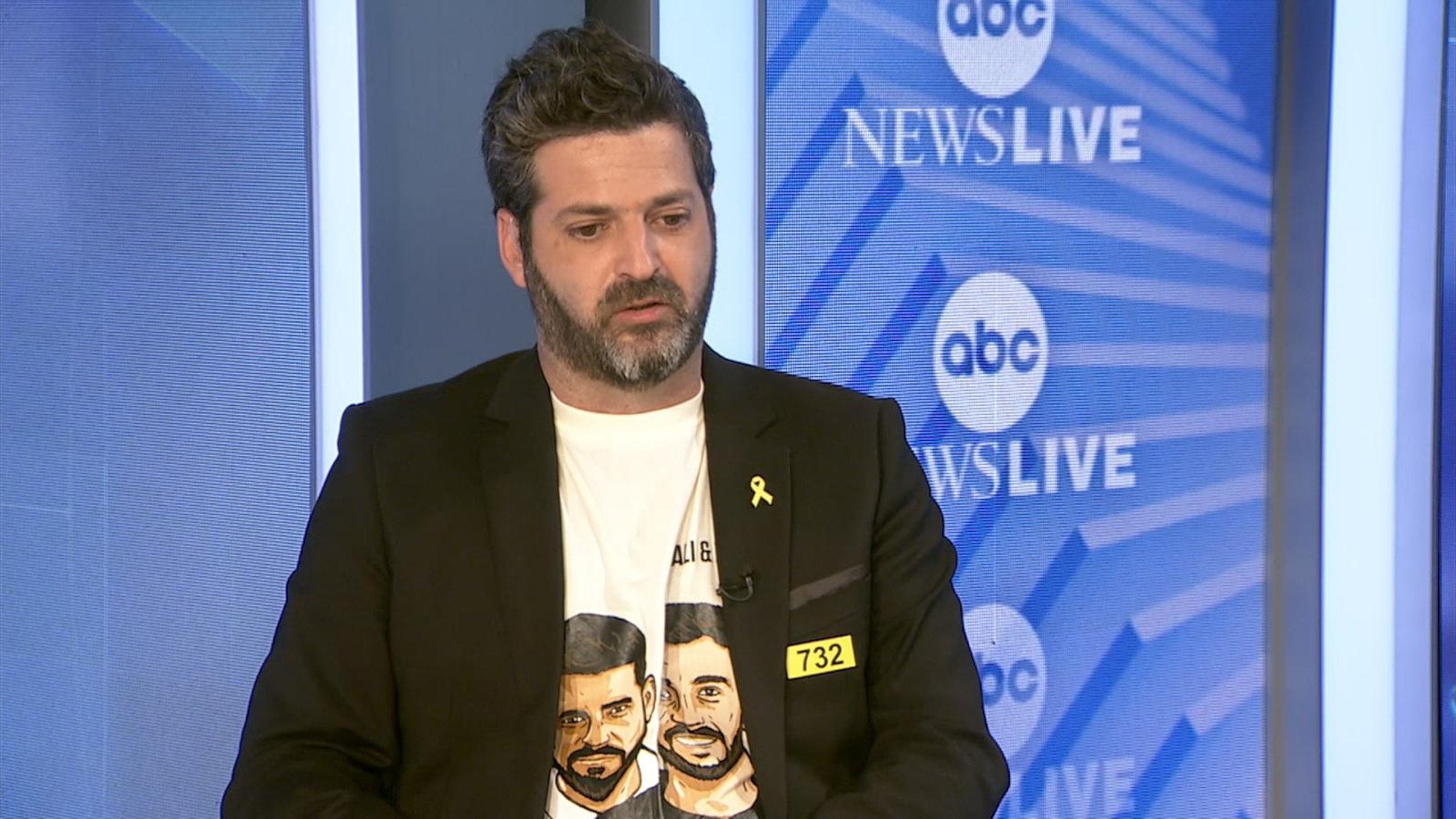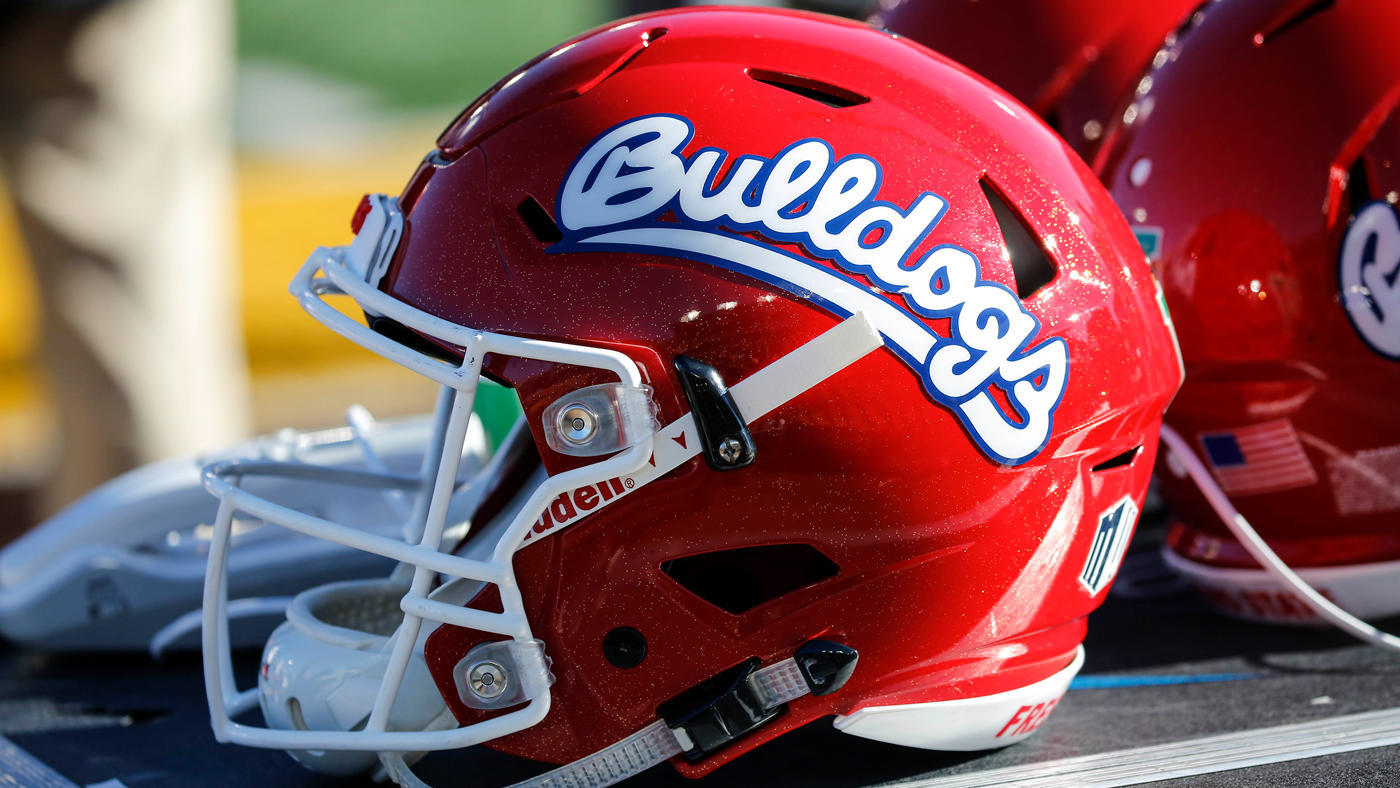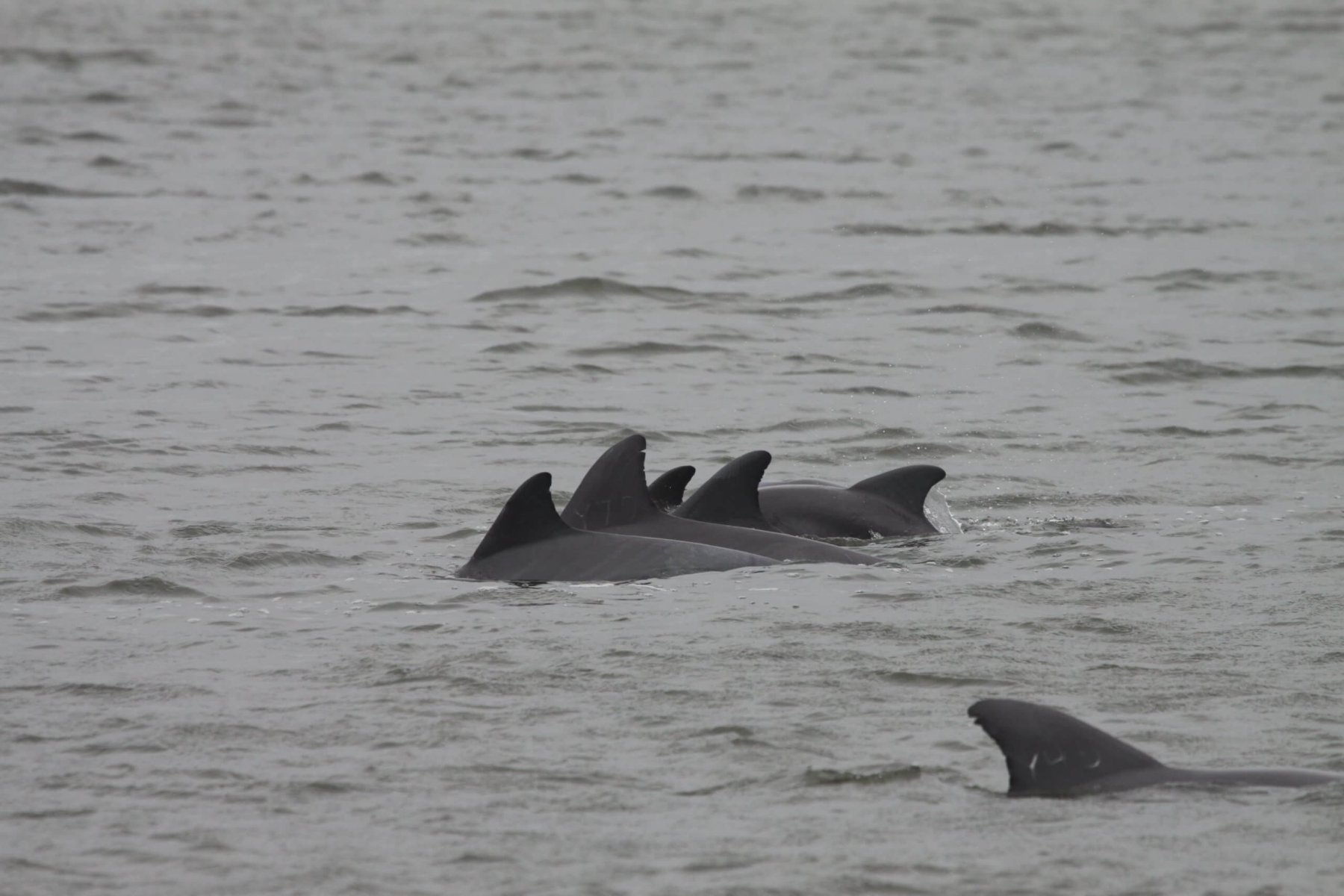Report on Florida’s Seagrass Ecosystems and Their Contribution to Sustainable Development Goals
Introduction and Geographic Distribution
Seagrasses are marine flowering plants that inhabit submerged coastal environments. The state of Florida possesses approximately 2.2 million acres of these vital ecosystems, with the most extensive beds located in Florida Bay and along the Gulf of America coast from Tarpon Springs to Apalachee Bay. These areas represent some of the largest seagrass habitats in continental North America. The distribution of seagrass is primarily limited by water clarity, as these plants require high levels of light for photosynthesis, confining them to protected bays, lagoons, and clear waters along the continental shelf.
Ecological Functions and Alignment with SDG 14 (Life Below Water)
Florida’s seagrass beds perform critical ecological functions that directly support the achievement of the United Nations Sustainable Development Goal 14: Life Below Water. Their contributions are essential for the health and sustainability of marine ecosystems.
- Ecosystem Protection and Pollution Reduction: By trapping fine sediments and particles, seagrasses maintain water clarity and quality. This function directly contributes to SDG Target 14.1, which aims to prevent and significantly reduce marine pollution, and SDG Target 14.2, focused on the sustainable management and protection of marine and coastal ecosystems.
- Habitat Provision and Biodiversity: Seagrass meadows provide essential shelter and nursery grounds for a wide array of marine life, including commercially significant species such as drums, sea bass, and snappers. This role is fundamental to protecting marine biodiversity and supporting sustainable fisheries, aligning with SDG Target 14.2 and SDG Target 14.4 (regulate harvesting and end overfishing).
- Food Web Support: These ecosystems are a primary food source for herbivores like manatees and sea turtles. Furthermore, the detritus from decaying seagrass leaves and roots forms the base of a complex food web that supports numerous species, including bottlenose dolphins and wading birds, thereby sustaining the overall health and productivity of marine life as envisioned in SDG 14.
Contribution to Climate Action (SDG 13) and Coastal Resilience
The structural characteristics of seagrass ecosystems provide significant benefits related to climate action and coastal resilience, supporting the objectives of SDG 13: Climate Action.
- Coastal Protection: The extensive root and rhizome systems of seagrasses stabilize the seabed, mitigating coastal erosion. This natural defense mechanism enhances the resilience of coastal communities and ecosystems to climate-related hazards such as storms, directly supporting SDG Target 13.1.
- Carbon Sequestration Support: By stabilizing the bottom and trapping sediment, seagrass beds help to secure vast amounts of “blue carbon” stored in marine soils. Protecting these ecosystems is crucial for preventing the release of stored carbon, thereby contributing to global climate change mitigation efforts under SDG 13.
Seagrass Species Diversity in Florida
Of the 52 known seagrass species worldwide, seven are found in Florida’s marine waters. The primary species contributing to these vital ecosystems are:
- Turtle grass (Thalassia testudinum): A large, ribbon-leaved species with deep roots, dominant in Florida Bay.
- Shoal grass (Halodule wrightii): An early colonizing species that thrives in shallow waters and is common along the east coast.
- Manatee grass (Syringodium filiforme): Distinguished by its cylindrical leaves, it is typically found in mixed seagrass beds.
- Widgeon grass (Ruppia maritima): A versatile species found in both fresh and saltwater environments, particularly in less saline estuaries.
- Halophila species: This group includes three smaller, more fragile species—stargrass (Halophila engelmannii), paddle-grass (Halophila decipiens), and Johnson’s seagrass (Halophila ovalis)—whose ecological roles are still being defined through ongoing research.
Analysis of Sustainable Development Goals in the Article
1. Which SDGs are addressed or connected to the issues highlighted in the article?
-
SDG 14: Life Below Water
This is the most relevant SDG as the entire article focuses on seagrasses, which are marine flowering plants that form critical coastal ecosystems. The text details their role in supporting a wide variety of marine life, including fishes, crustaceans, shellfish, manatees, and sea turtles, and their function in maintaining the health of the marine environment. The discussion is centered on the conservation and ecological importance of these underwater habitats.
-
SDG 15: Life on Land
While the ecosystem is aquatic, SDG 15’s goal to protect, restore, and promote sustainable use of terrestrial ecosystems and halt biodiversity loss is thematically relevant. Seagrass beds are vital habitats that support immense biodiversity. The article’s focus on the different species of seagrass and the rich variety of animal life they shelter connects directly to the broader goal of halting habitat loss and protecting biodiversity, a core principle of SDG 15.
2. What specific targets under those SDGs can be identified based on the article’s content?
-
Target 14.2: By 2020, sustainably manage and protect marine and coastal ecosystems to avoid significant adverse impacts…
The article directly supports this target by describing the significant functions of seagrass ecosystems. It states that seagrasses “stabilize the bottom,” “provide shelter for fishes, crustaceans and shellfish,” and are feeding grounds for numerous species. This detailed account of a vital coastal ecosystem underscores the importance of managing and protecting it to maintain a healthy and productive marine environment.
-
Target 14.1: By 2025, prevent and significantly reduce marine pollution of all kinds…
This target is implicitly connected through the article’s statement that “The depth at which seagrasses occur is limited by water clarity because most species require high levels of light.” Poor water clarity is often a direct result of marine pollution, such as suspended sediments from runoff and nutrient pollution that causes algal blooms. Therefore, protecting seagrass habitats necessitates actions to reduce pollution that clouds the water, aligning with the goal of Target 14.1.
-
Target 14.5: By 2020, conserve at least 10 per cent of coastal and marine areas…
The article identifies specific, large-scale seagrass areas, noting that “Florida Bay and from Tarpon Springs northward to Apalachee Bay” are “two of the most extensive seagrass beds in continental North America.” Highlighting these significant ecological areas implies their value and suitability for conservation efforts, which would contribute to achieving the goal of conserving key coastal and marine areas.
3. Are there any indicators mentioned or implied in the article that can be used to measure progress towards the identified targets?
-
Extent of Seagrass Coverage
The article explicitly states, “Florida’s approximately 2.2 million acres of seagrasses.” This quantitative data point serves as a direct indicator for monitoring the health and status of this coastal ecosystem. Tracking the change in this acreage over time would measure progress towards protecting and restoring these habitats (relevant to Target 14.2).
-
Water Clarity
The article implies water clarity is a key indicator by stating it is a limiting factor for seagrass survival. Measuring water clarity (e.g., through turbidity or light penetration metrics) would serve as an indicator of environmental conditions and the level of pollution affecting seagrass beds, thus measuring progress towards reducing marine pollution (relevant to Target 14.1).
-
Biodiversity and Species Abundance
The text lists numerous species that depend on seagrass, including “drums, sea bass, snappers and grunts,” as well as “manatees, urchins, conches and sea turtles.” The presence, population density, and health of these key indicator species can be monitored to assess the overall health and functionality of the seagrass ecosystem, providing a measure of success in protecting these vital habitats (relevant to Target 14.2).
4. Table of SDGs, Targets, and Indicators
| SDGs, Targets and Indicators | Targets | Indicators |
|---|---|---|
| SDG 14: Life Below Water | 14.2: Sustainably manage and protect marine and coastal ecosystems. |
|
| SDG 14: Life Below Water | 14.1: Prevent and significantly reduce marine pollution. |
|
| SDG 14: Life Below Water | 14.5: Conserve coastal and marine areas. |
|
Source: floridadep.gov
